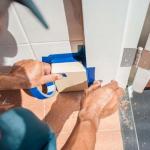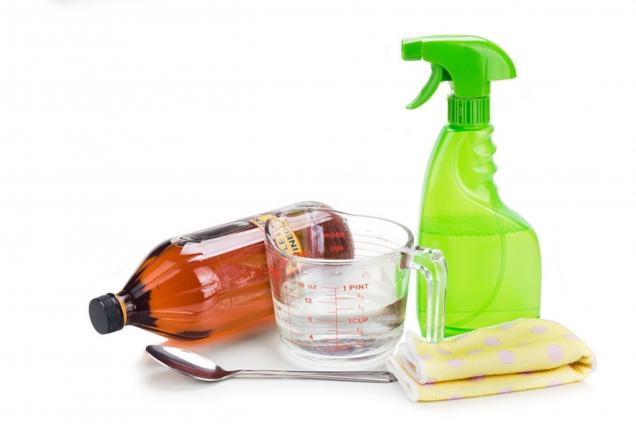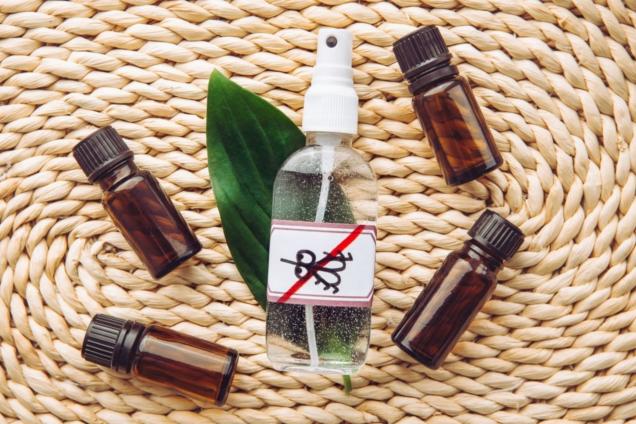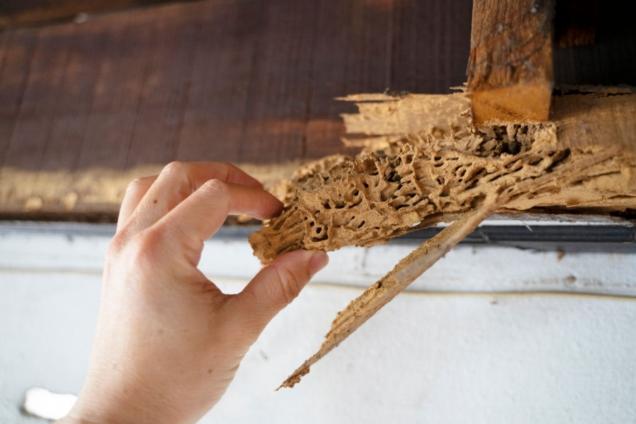
Why Termite Protection Is Important?
By Eco Pest Control Brisbane|April 29, 2022
Termites can do quite a lot of damage in a rapid amount of time. For this reason, you might be wondering why you need termite protection. This is one of those reasons.
Not to mention, that damage can total to thousands of dollars. Can you imagine that much damage happening in a short period of time? That’s why protection is necessary no matter where you are in Australia.
In this guide, our team from Eco Pest Control Brisbane dive deeper into termite protection. We’ll discuss the government regulations that are involved and what’s included for treatment. We’ll also talk about why it will work in your home.
Lastly, we’ll discuss the signs of termite infestation and discuss the overall cost for treatment. Let’s keep going and talk more about the entire process from start to finish.
Are there government regulations to termite protection?
Government regulations for termite protection in Australia may differ from one part of the country to another. One specific regulation to mention is found in the Building Code of Australia (BCA). The Government of Australia also encourages pest control services to be licensed and follow the regulations of the BCA (and other regulations outlined by other regions).
For example, there are the Queensland Provisions. One provision disallows chemical treatments to be hand-sprayed unless they have a lifespan of 50 years. This is usually done out of health and environmental reasons.
For more information regarding government regulations, refer to the following guide.
Physical termite barriers
One of the treatments used is a physical termite barrier. This is usually installed around your home to ensure that no termites gain entry. These must be installed before the home itself is constructed.
This barrier includes a polymer sheet with termiticide saturated throughout. This sheet is placed along a concrete slab, brick cavity, or concrete slab with cold joints. This can be installed by pest control experts to ensure that no termites will gain access into the home.
You can expect these barriers to last a minimum of 20 years after installation. However, they may not be as effective compared to their chemical counterparts.
Chemical termite barriers
This process involves installing a chemical barrier that is leaked into the soil around your home’s perimeter. It is considered to be less labour intensive compared to its physical barrier counterpart. It can also be installed depending on the build of your home.
At the same time, it will need to be installed regularly since the chemical barrier isn’t permanent. On average, such barriers can last anywhere from 8 to 10 years. So it will be half as less in time compared to a physical barrier.
What you also need to keep out for are three things:
What is termite baiting?
This last method should be used as a last resort. Termite baiting should be done if the chemical barrier solution does not prove itself as viable. The incidents of this even being used are few and far between.
WIth that said, a baiting system will be installed if it's the only option left on the table. These termite bait stations will be installed using pieces of wood. From there, the bait stations will be installed within 3 meters of your home’s perimeter.
After termites feed on the bait, they will eventually die off. While this is a time-intensive process, eventually the entire colony will die off. However, more of these bait stations will need to be installed if there are more active termites in the vicinity.
Why Termite Defence Works?
In Australia, one in four homes will undergo a termite attack. It’s important to do your part in not becoming a statistic. Without a good termite protection plan, you’ll leave yourself at risk.
Make sure that you choose a termite defence system that works best for you. Consulting a pest control service will be your first option.
Signs of Termites In Your Home
Let’s take a look at the following signs that termites might be in your home:
The costs will usually range around $2000 to $4000. This will depend on several factors including the location, treatment that is needed, the size of your home, and so on.
Conclusion
Termite protection is a good thing to have in order to keep your home safe from termites. The barrier you choose will depend on certain factors. If you are planning on constructing a home, a physical barrier is possible.
Otherwise, your best bet is a chemical barrier. This will last a long period of time in most cases. With that in mind, the sooner you act on termite protection, the better.
It will help you save money, time, and give you peace of mind. If you live in an area where termite pressure is high, don’t wait any longer.
Not to mention, that damage can total to thousands of dollars. Can you imagine that much damage happening in a short period of time? That’s why protection is necessary no matter where you are in Australia.
In this guide, our team from Eco Pest Control Brisbane dive deeper into termite protection. We’ll discuss the government regulations that are involved and what’s included for treatment. We’ll also talk about why it will work in your home.
Lastly, we’ll discuss the signs of termite infestation and discuss the overall cost for treatment. Let’s keep going and talk more about the entire process from start to finish.
Are there government regulations to termite protection?
Government regulations for termite protection in Australia may differ from one part of the country to another. One specific regulation to mention is found in the Building Code of Australia (BCA). The Government of Australia also encourages pest control services to be licensed and follow the regulations of the BCA (and other regulations outlined by other regions).
For example, there are the Queensland Provisions. One provision disallows chemical treatments to be hand-sprayed unless they have a lifespan of 50 years. This is usually done out of health and environmental reasons.
For more information regarding government regulations, refer to the following guide.
Physical termite barriers
One of the treatments used is a physical termite barrier. This is usually installed around your home to ensure that no termites gain entry. These must be installed before the home itself is constructed.
This barrier includes a polymer sheet with termiticide saturated throughout. This sheet is placed along a concrete slab, brick cavity, or concrete slab with cold joints. This can be installed by pest control experts to ensure that no termites will gain access into the home.
You can expect these barriers to last a minimum of 20 years after installation. However, they may not be as effective compared to their chemical counterparts.
Chemical termite barriers
This process involves installing a chemical barrier that is leaked into the soil around your home’s perimeter. It is considered to be less labour intensive compared to its physical barrier counterpart. It can also be installed depending on the build of your home.
At the same time, it will need to be installed regularly since the chemical barrier isn’t permanent. On average, such barriers can last anywhere from 8 to 10 years. So it will be half as less in time compared to a physical barrier.
What you also need to keep out for are three things:
- The soil type
- The construction of the home
- Termite pressure in a certain location
What is termite baiting?
This last method should be used as a last resort. Termite baiting should be done if the chemical barrier solution does not prove itself as viable. The incidents of this even being used are few and far between.
WIth that said, a baiting system will be installed if it's the only option left on the table. These termite bait stations will be installed using pieces of wood. From there, the bait stations will be installed within 3 meters of your home’s perimeter.
After termites feed on the bait, they will eventually die off. While this is a time-intensive process, eventually the entire colony will die off. However, more of these bait stations will need to be installed if there are more active termites in the vicinity.
Why Termite Defence Works?
In Australia, one in four homes will undergo a termite attack. It’s important to do your part in not becoming a statistic. Without a good termite protection plan, you’ll leave yourself at risk.
Make sure that you choose a termite defence system that works best for you. Consulting a pest control service will be your first option.
Signs of Termites In Your Home
Let’s take a look at the following signs that termites might be in your home:
- Mud trails: If you notice any mud trails that lead up to the side of your home, this means termites have already gained access. That’s because they are using networks of mud tubes to get inside.
- Floor and ceiling damage: Signs of damage include but are not limited to blistering, cracking, or sagging that is noticeable.
- Patches of sawdust: If you notice anything that looks like sawdust, it could be a sign of termite droppings. They may form like small pellets, thus won’t be sawdust-like in texture.
- Sagging floors and doors: This is yet another sign of a termite invasion. If you are unable to close a door properly, it may be due to a warping door frame associated with this sign.
The costs will usually range around $2000 to $4000. This will depend on several factors including the location, treatment that is needed, the size of your home, and so on.
Conclusion
Termite protection is a good thing to have in order to keep your home safe from termites. The barrier you choose will depend on certain factors. If you are planning on constructing a home, a physical barrier is possible.
Otherwise, your best bet is a chemical barrier. This will last a long period of time in most cases. With that in mind, the sooner you act on termite protection, the better.
It will help you save money, time, and give you peace of mind. If you live in an area where termite pressure is high, don’t wait any longer.



